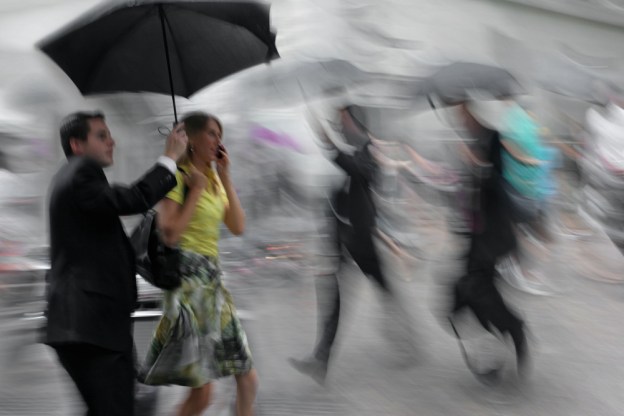
Once again, Adobe is about to change the wold of photography forever. During the company’s MAX 2011 conference, which took place last week in Los Angeles, California, Adobe gave a sneak peak of a new Photoshop filter that will allow users to unblur their shaky photographs.
The new feature, which is still in development, was revealed to the public in a YouTube video posted to Reddit.com. In the video, a presenter (whose name we cannot confirm) showcases the functionality of the unblur filter.
As the presenter explains, the filter analyzes the form of the blurred photograph to figure out which direction the camera moved when the shutter was open, thus creating the out-of-focus image. An algorithm in the software then makes a highly educated guess about how the photo should look if the camera had not moved. Instantly after the filter is employed, the example photo goes from fuzzy to crystal clear, eliciting gasps and applause from the crowd.
The feature reminds us of the Lytro cameras, which have just recently gone into production. Whereas Adobe’s unblur feature removes camera movement, the Lytro camera allows users to change the point of focus in their photographs after the picture is taken. That means that if you tried to capture someone in the foreground, but the auto-focus captured the trees in the background, you can simply change the entire focus of the image with your computer. (Try out Lytro refocusing here.)
With both the Adobe unblur feature and the Lytro camera on the horizon, it’s clear that we are entering a new era of photography wherein the rules are changed, and mistakes that once ruined photos forever now become erased with the click of a button.
Adobe did not immediately respond to our request for comment, so we do not yet know when the unblur filter will find its way into Photoshop. But we’re hoping it’s sometime soon.
See the unblur filter in action below:
(via TNW)/[Image via SVLuma/Shutterstock]


